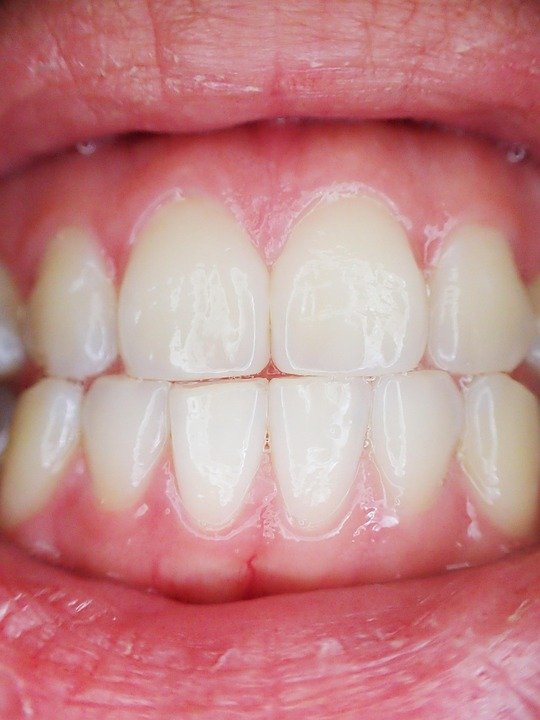What are the benefits of using ergonomic dental instruments?
Okay, so I’m a dental hygienist and I’ve been practicing for about 5 years now. Lately, my hands, wrists, and even my neck have been killing me after a long day of scaling and root planing. I’ve heard some colleagues mention switching to ergonomic dental instruments, claiming they’ve helped alleviate similar issues. But they haven’t been super specific about how they help.
I’m specifically wondering what tangible benefits I would see if I were to switch to ergonomic instruments? Are we talking reduced pain levels? Fewer sick days? Improved efficiency? And does the type of ergonomic design (like larger diameter handles, lighter weight, balanced instruments) really matter? I’d love to hear from other hygienists, dentists, or even occupational therapists who specialize in this area. What positive impact have you seen from using these instruments, and were there any drawbacks to consider? Basically, is the investment worth it for long-term career longevity? I’m particularly interested in benefits related to preventing or mitigating carpal tunnel and other repetitive strain injuries.
Answer
Ergonomic dental instruments offer a multitude of benefits for both dental professionals and their patients, stemming from their design that aims to minimize strain, improve efficiency, and enhance overall comfort during procedures. These benefits can be categorized into short-term and long-term advantages, impacting physical health, productivity, and the quality of care provided.
Benefits for Dental Professionals:
- Reduced Musculoskeletal Disorders (MSDs): This is arguably the most significant benefit. Repetitive motions, awkward postures, and forceful exertions are inherent in dentistry, leading to a high prevalence of MSDs like carpal tunnel syndrome, tendonitis, back pain, neck pain, and shoulder pain among dental professionals. Ergonomic instruments, with their larger diameters, lighter weights, balanced designs, and specialized handle textures, reduce the force needed to grip and manipulate the instruments. This translates to less stress on joints, muscles, and nerves, significantly lowering the risk of developing or exacerbating MSDs.
- Improved Comfort and Reduced Fatigue: By minimizing the physical strain associated with dental procedures, ergonomic instruments lead to greater comfort throughout the workday. Lighter instruments require less effort to hold and maneuver, while improved handle designs reduce pressure points and friction. Reduced fatigue allows dental professionals to maintain focus and precision for longer periods.
- Enhanced Grip and Control: Ergonomic handles are designed to fit comfortably in the hand, providing a more secure and stable grip. This enhanced grip translates to better control over the instrument, allowing for more precise movements and reducing the likelihood of slippage or accidental injuries. This improved control is especially valuable in delicate procedures.
- Increased Efficiency and Productivity: While seemingly subtle, the accumulated effect of reduced strain, improved comfort, and enhanced control leads to greater efficiency and productivity. Dental professionals can work faster and more effectively, completing more procedures with less effort. This can translate to increased revenue and a more satisfying work experience.
- Extended Career Longevity: By proactively addressing the risks of MSDs, ergonomic instruments can contribute to a longer and healthier career for dental professionals. Preventing or managing MSDs allows dentists and hygienists to continue practicing for more years without experiencing debilitating pain or functional limitations.
- Improved Mental Well-being: The chronic pain and fatigue associated with MSDs can negatively impact mental health, leading to stress, anxiety, and even depression. By mitigating these physical ailments, ergonomic instruments contribute to improved mental well-being and a more positive work environment.
- Reduced Risk of Dropped Instruments: Ergonomic handle designs often incorporate features that improve grip security, such as textured surfaces or specialized shapes. This reduces the likelihood of accidentally dropping instruments, which can be a source of frustration and potential contamination.
Benefits for Patients:
- Improved Precision and Reduced Trauma: The enhanced control afforded by ergonomic instruments allows dental professionals to perform procedures with greater precision, minimizing trauma to surrounding tissues. This can result in less post-operative pain and faster healing times for patients.
- Shorter Procedure Times: Increased efficiency resulting from the use of ergonomic instruments translates to shorter procedure times for patients. Shorter appointments are generally more comfortable for patients, particularly those who experience anxiety or discomfort in the dental chair.
- Reduced Patient Discomfort: When dental professionals are less fatigued and can maintain a stable grip, it can lead to smoother and more gentle instrument manipulation. This results in a more comfortable experience for the patient, as there is less jarring or abrupt movement.
- Higher Quality of Care: Ultimately, the combination of improved precision, reduced trauma, and increased efficiency leads to a higher overall quality of care for patients. Ergonomic instruments enable dental professionals to perform at their best, delivering optimal results and enhancing patient satisfaction.
- Increased Trust and Confidence: Patients may subconsciously perceive that a dental professional who invests in ergonomic tools is prioritizing both their own well-being and the quality of care they provide. This can foster increased trust and confidence in the dental professional’s abilities.
- Minimized Risk of Complications: The enhanced precision and control associated with ergonomic instruments can help minimize the risk of complications during procedures. This is particularly important in complex or delicate cases.

Post Comment